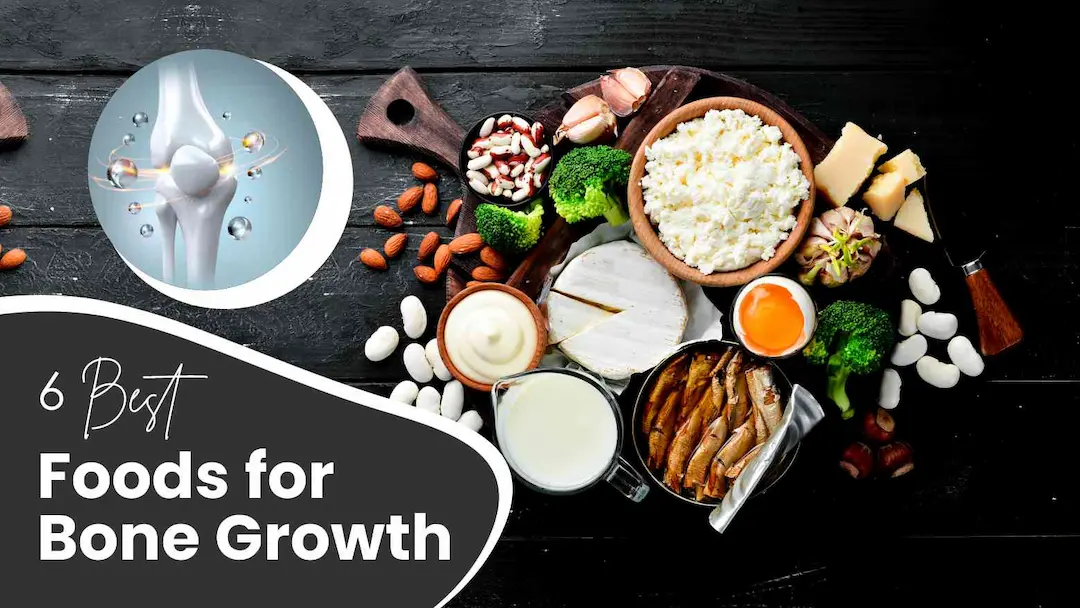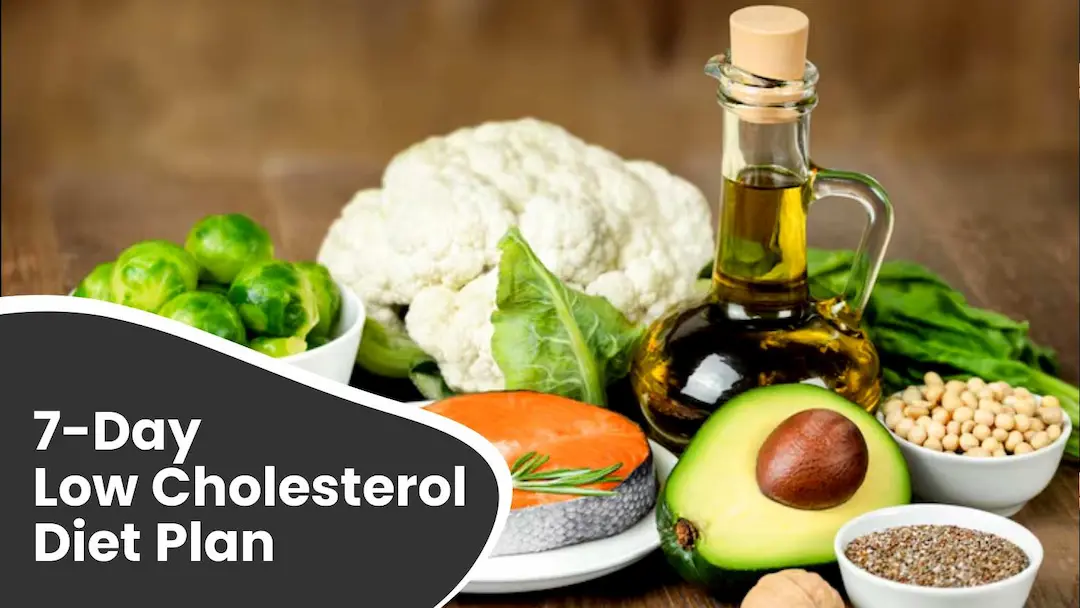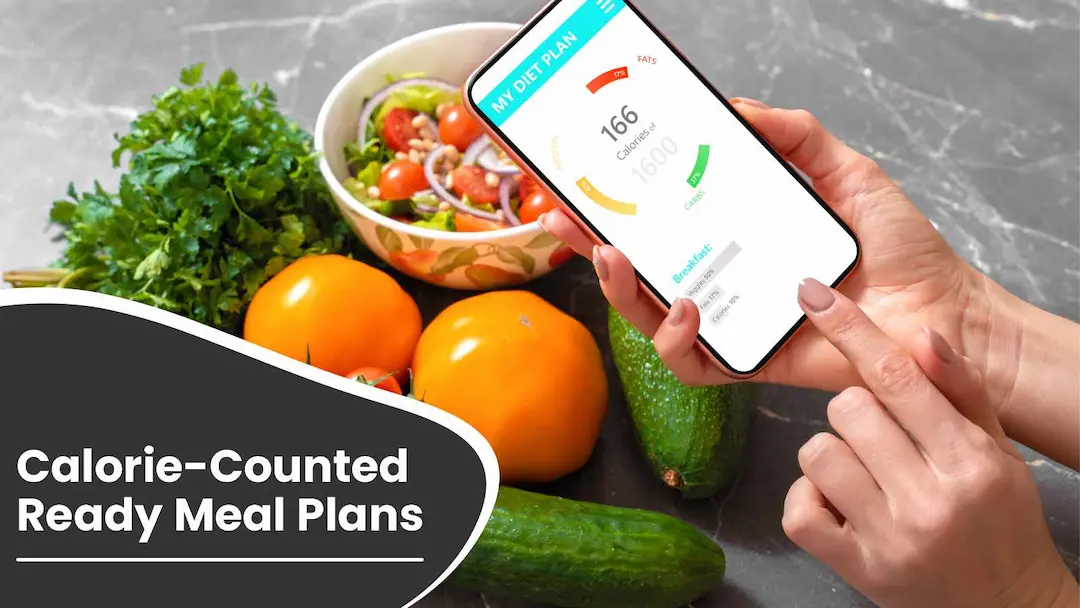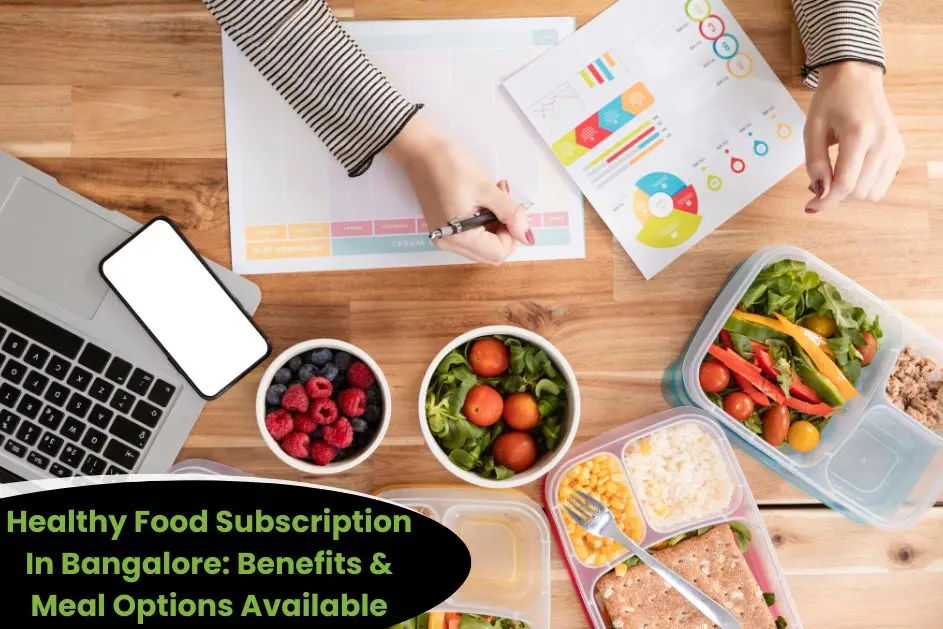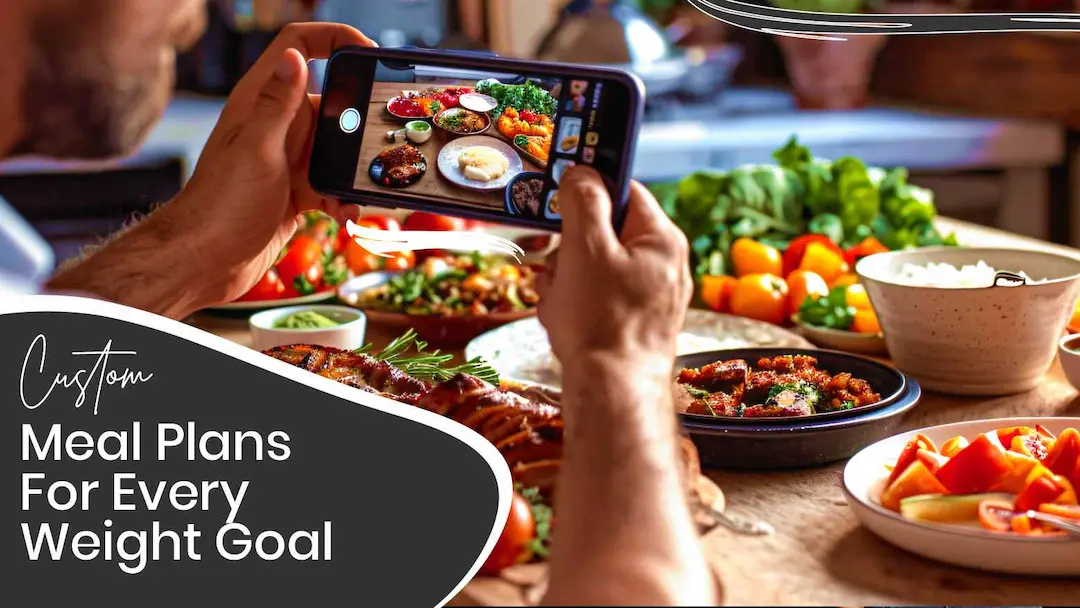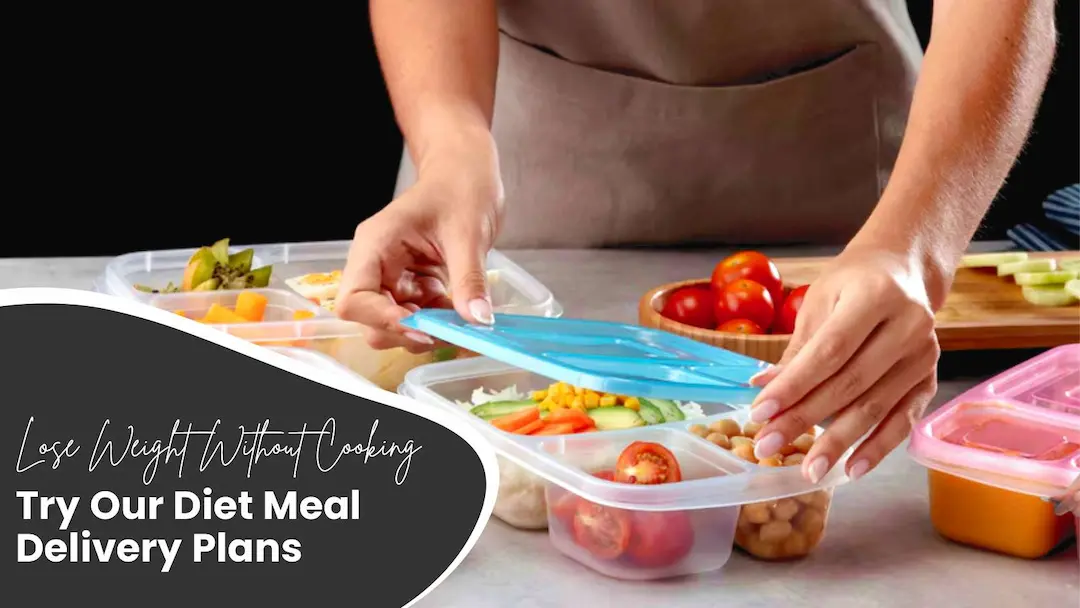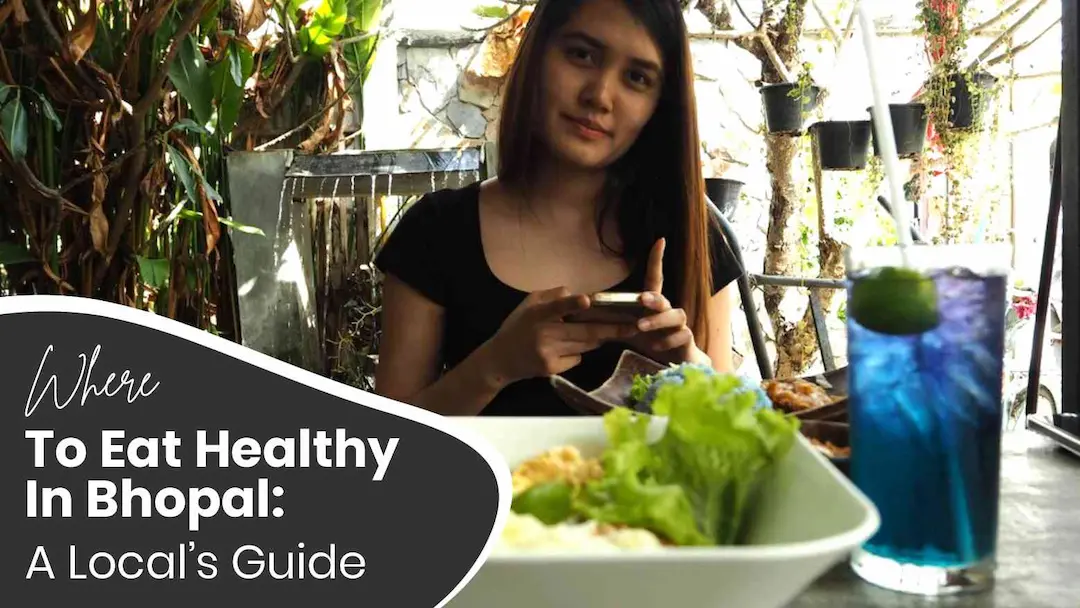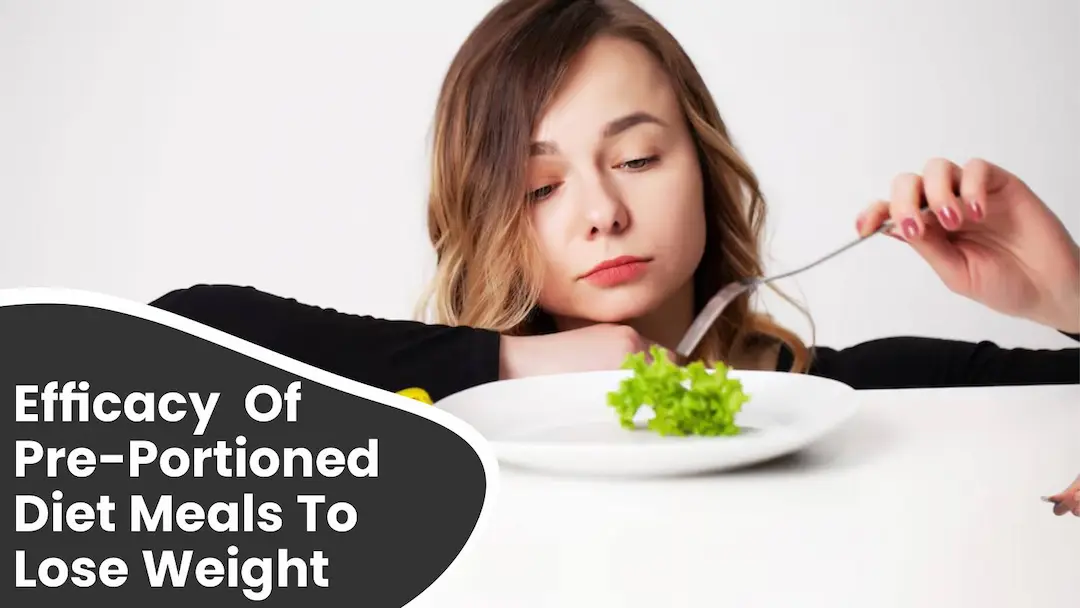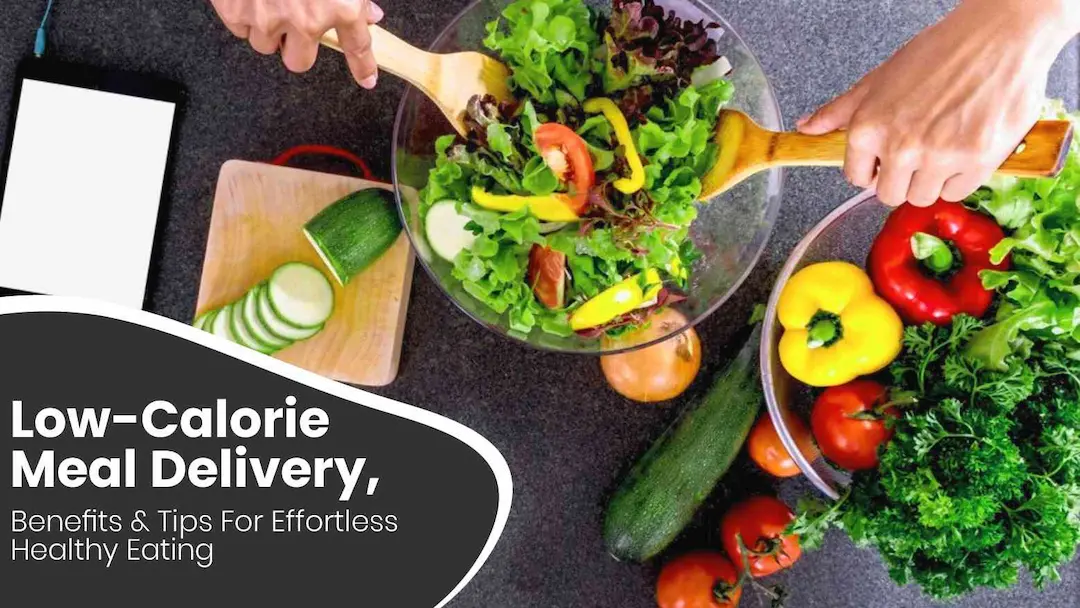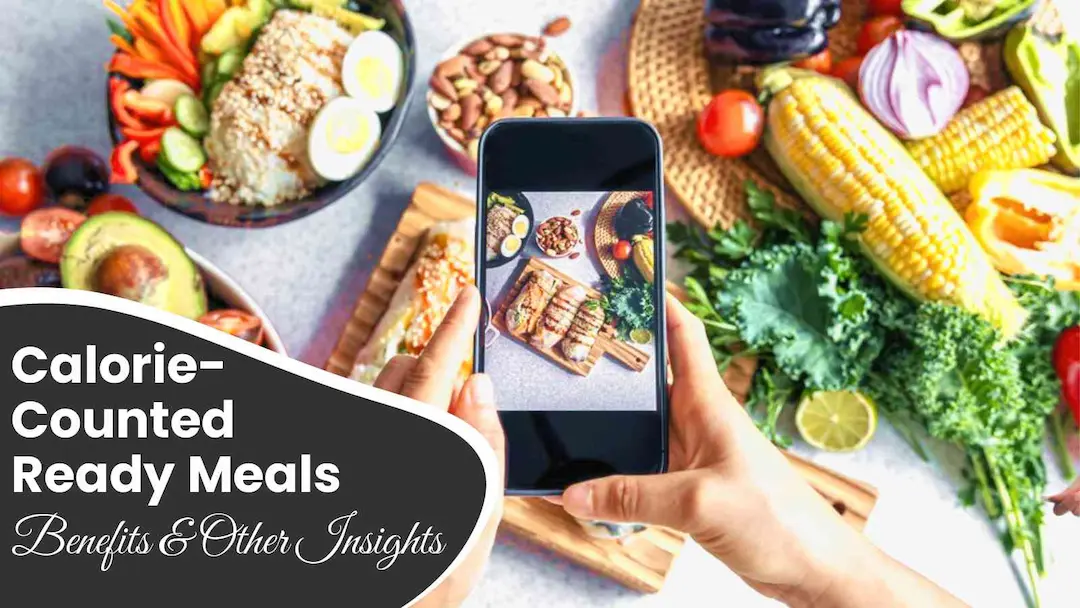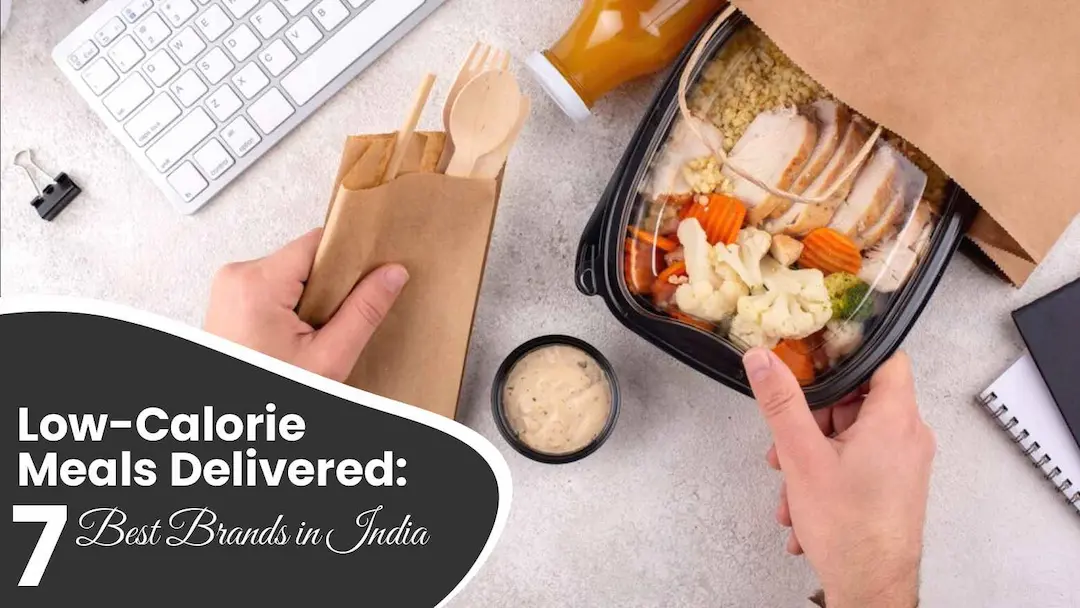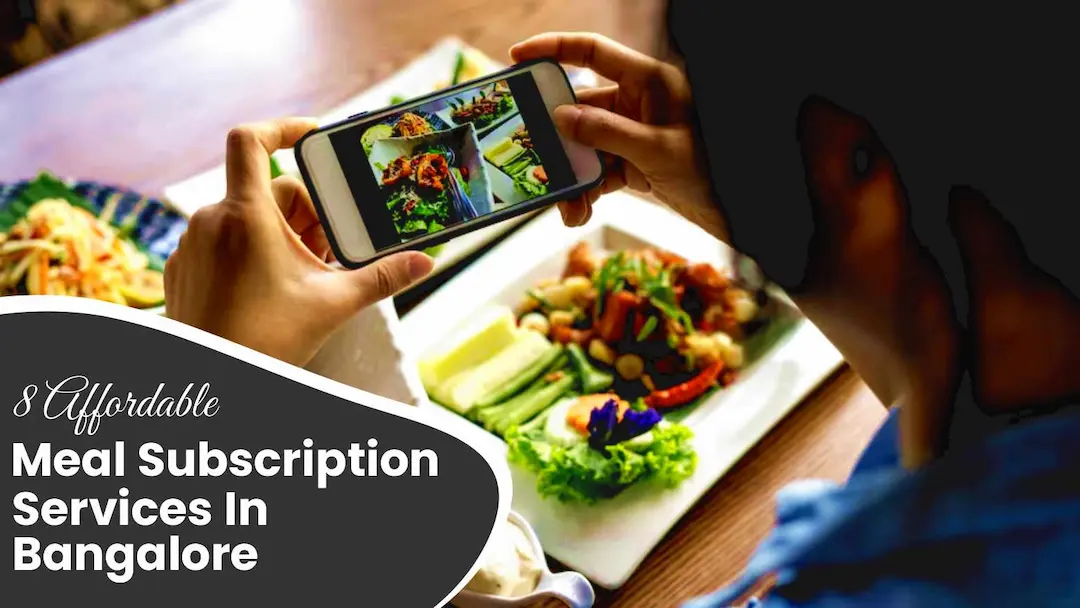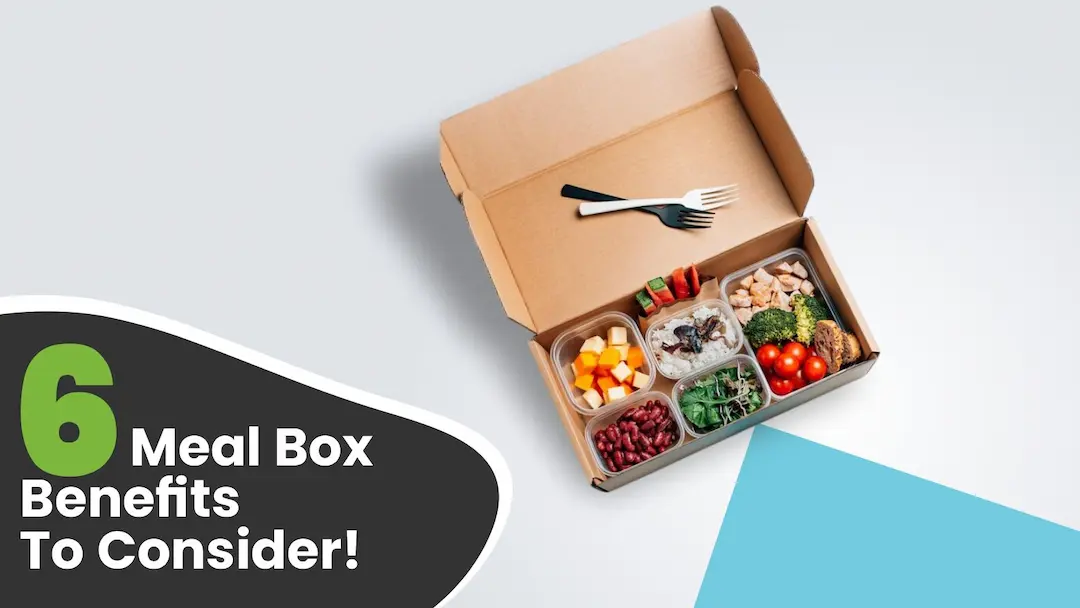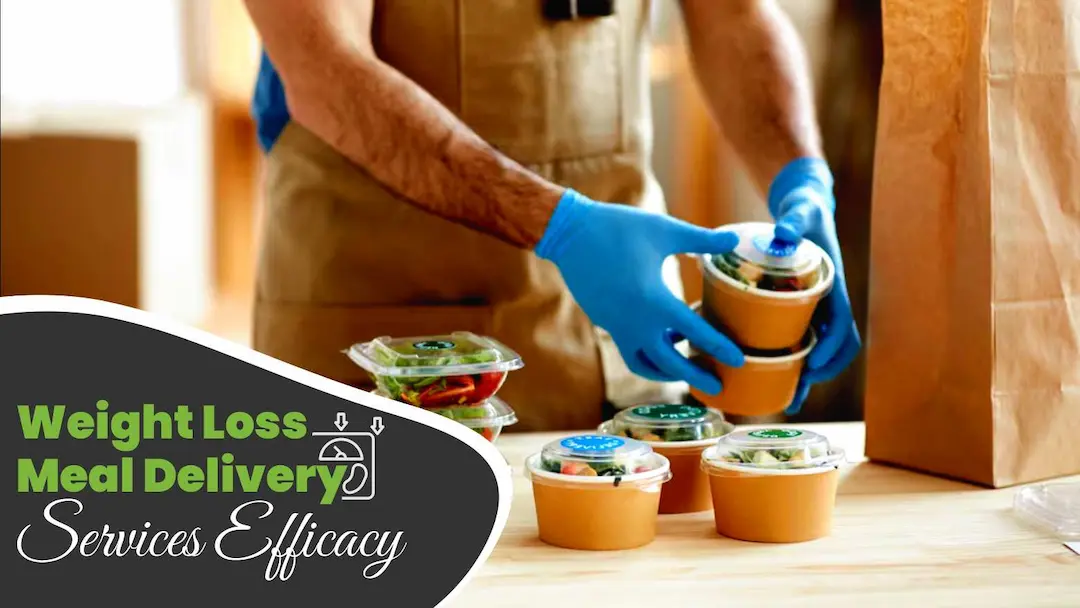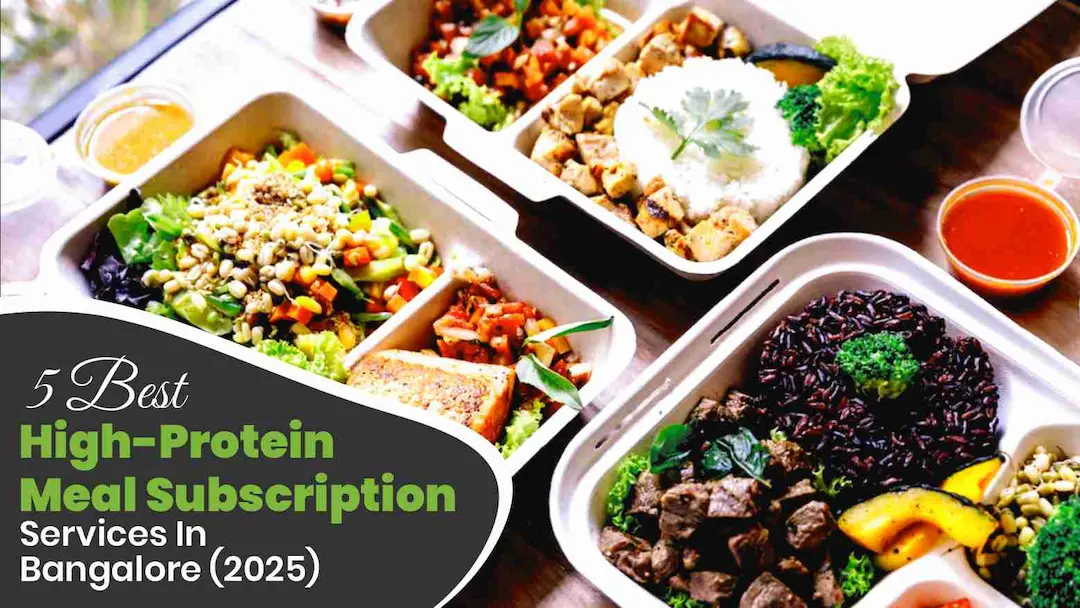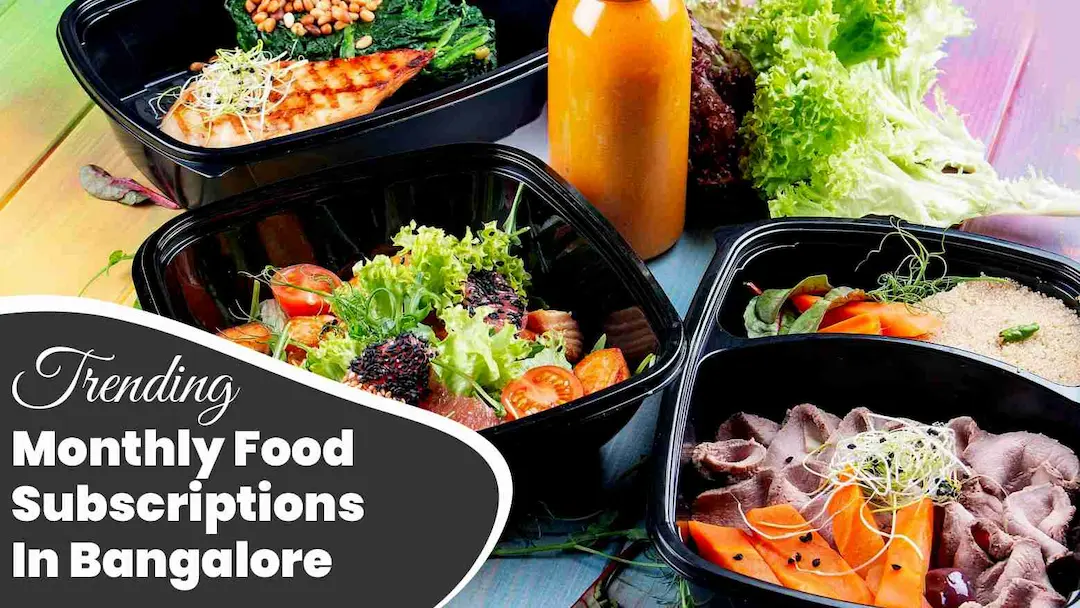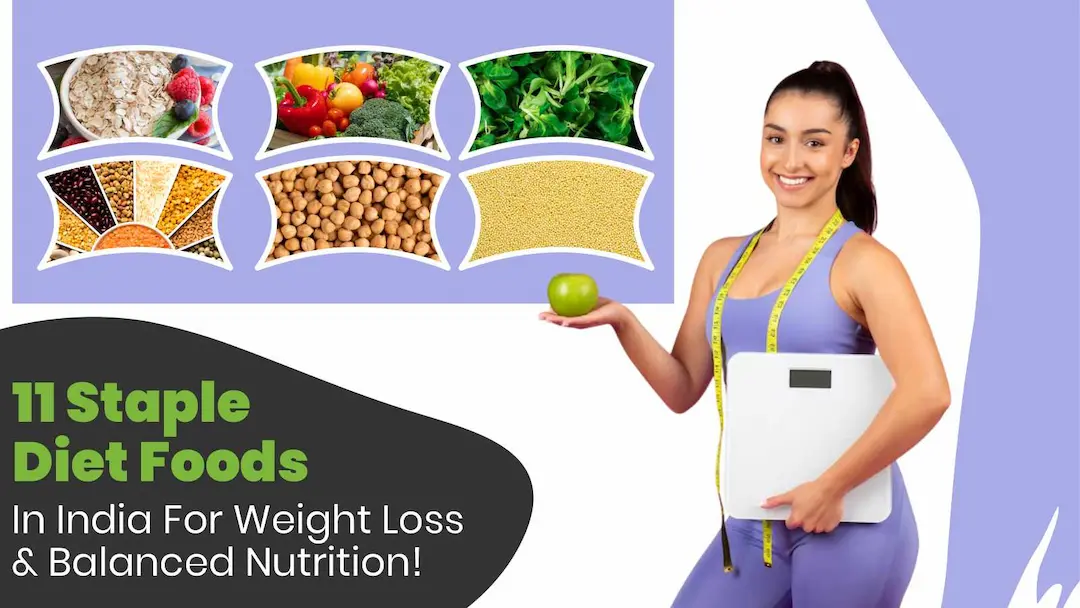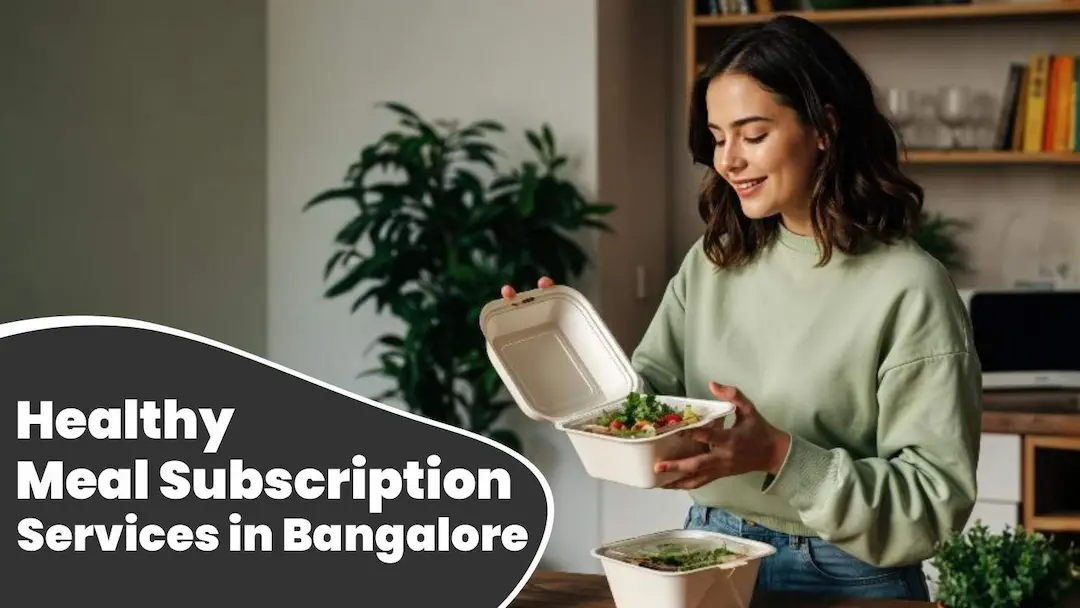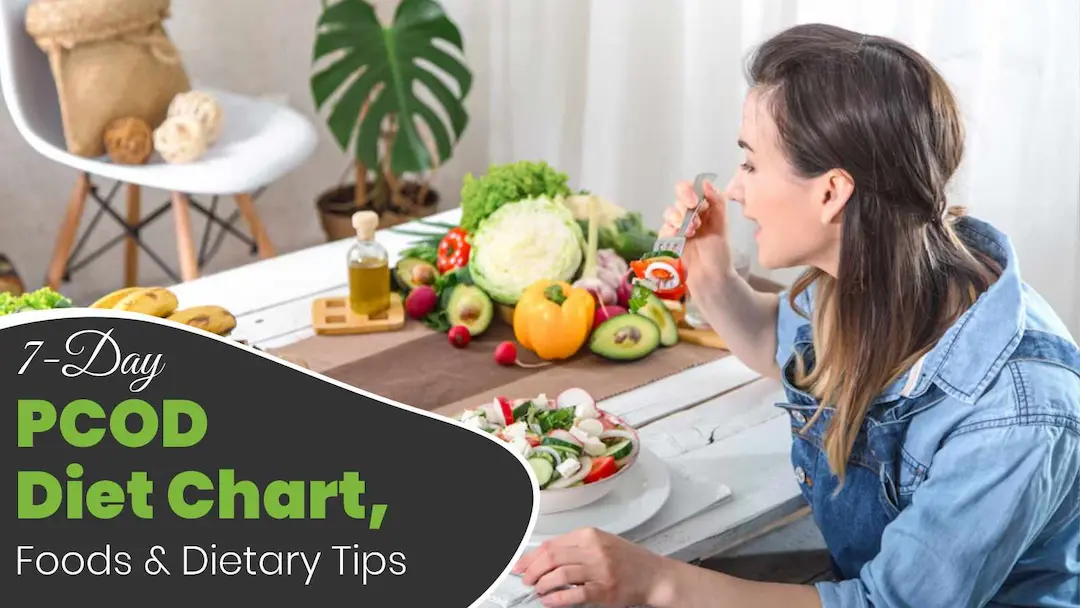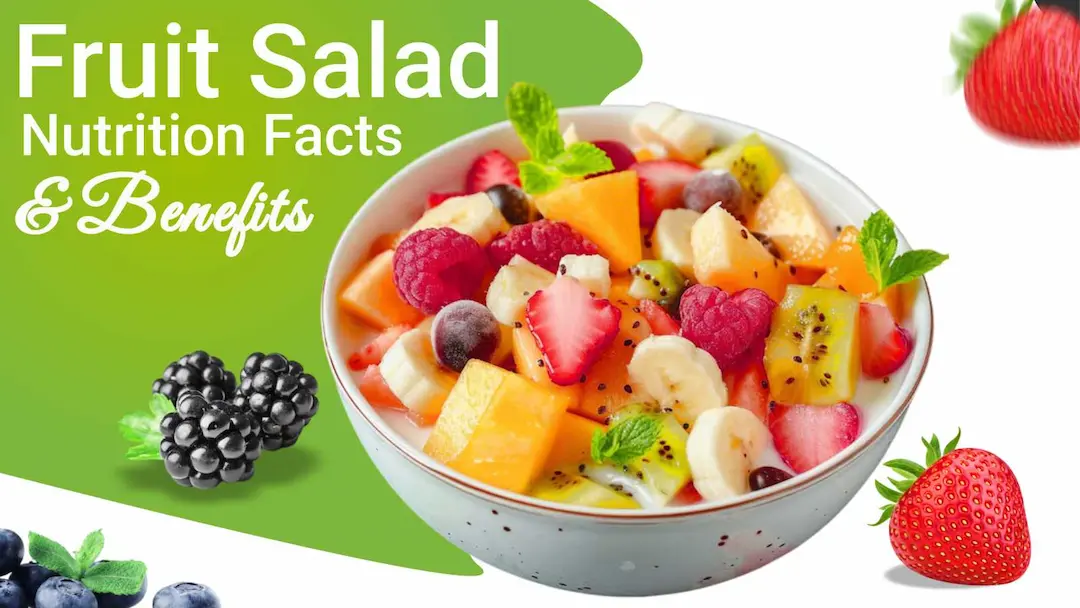Are you a vegetarian trying to build muscle, lose fat, or just stay healthy, but constantly wondering how to get 120 g of protein a day? Many vegetarians struggle with hitting the enough protein intake per day, especially when it feels like everything high-protein is either animal-based or super processed. You might ask yourself—Do I need protein powders? Is paneer enough? Can I survive on dal and beans alone? The good news is: yes, you can meet your daily protein needs with smart food choices and a few easy tricks. Whether you're dealing with muscle soreness after workouts, low energy, or slow metabolism, protein helps in how your body repairs itself.
In this blog, we’ll walk through everyday vegetarian foods that are protein-packed, how to combine them wisely, and practical tips to boost your intake across meals without feeling stuffed. So, let’s decode the vegetarian protein sources together—deliciously and simply!
Table Of Contents
1. How To Get 120g Of Protein A Day As A Vegetarian? 6 Food Categories
2. Is 120g Of Protein A Day Too Much?
3. The Final Say
4. FAQs
5. References
How To Get 120g Of Protein A Day As A Vegetarian? 6 Food Categories
Here's how to get 120g of protein a day through various food sources. Visit ToneOp Eats to experience the taste and wellness of easy, healthy meals.
1. Legume Varieties
Legumes like lentils, chickpeas, black beans, and kidney beans are among the richest sources of protein and dietary fibre in any high-protein vegetarian meal plan.
- A full cup of cooked lentils offers nearly 18 grams of protein, making them perfect for lunch or dinner.
- You can enjoy legumes in meals like dal, chickpea curry, bean salads, or burrito bowls with added veggies.
- Eating at least one legume-based meal every day helps meet your protein goal and supports digestion due to their fibre content.
- Mix different legumes throughout the week to bring variety in taste and nutrients such as iron, potassium, and magnesium.
- Soaking or sprouting legumes before cooking can improve digestion and nutrient absorption for sensitive stomachs.
- Add legumes to soups or use mashed chickpeas as sandwich fillings for a protein-rich and filling snack.
2. Nuts & Seeds
Nuts and seeds are compact in size but extremely rich in protein, healthy fats, and essential minerals like zinc and magnesium.
- A 1/3 cup of almonds gives about 7.5 grams of protein, along with heart-healthy fats and vitamin E.
- Peanut butter, almond butter, or tahini can be spread on whole-grain toast for a quick protein snack.
- Chia, flax, and hemp seeds can be added to smoothies, oatmeal, or homemade energy bars for added protein.
- A tablespoon of chia seeds gives around 3 grams of protein, while 2 tablespoons of hemp seeds provide 6.5 grams. So, try chia seed recipes in different meals.
- Nuts and seeds are calorie-dense, so even small portions can add up in protein and energy throughout the day.
- Soaking nuts overnight not only softens them but can enhance digestion and nutrient release, especially if eaten in the morning.
3. Tofu & Tempeh
Tofu and tempeh are both made from soybeans and are complete protein sources, meaning they contain all 9 essential amino acids.
- One cup of firm tofu contains roughly 20 grams of protein and can be stir-fried, grilled, or blended into smoothies.
- Tempeh, a fermented soy product, gives about 15–18 grams of protein per cup and offers a rich, nutty flavour.
- You can use tofu recipes for weight loss, like tofu curry, tofu bhurji, or tofu-veggie stir fry for a tasty and protein-rich meal.
- Tempeh is ideal for grilling, adding to salads, or sandwich fillings, and its fermentation process supports gut health.
- Both tofu and tempeh are versatile—they absorb the spices and sauces you cook them with, making them perfect for Indian or Asian recipes.
- Since they’re high in protein and low in carbs, they’re ideal for vegetarians looking to build or maintain lean muscle.
4. Dairy Products
Dairy is a powerful protein source for vegetarians, especially when choosing high-protein options like paneer and Greek yoghurt.
- One cup of Greek yoghurt offers 15–20 grams of protein, making it a great breakfast or post-workout snack.
- A 100g serving of paneer provides around 18 grams of protein, and it's easy to include in Indian meals like low-fat paneer recipes, paneer tikka or paneer bhurji.
- A glass of low-fat milk gives about 8 grams of protein, and it can be consumed as a drink, added to oats, or used in smoothies.
- Cottage cheese can be mixed into salads or spread on toast with herbs for a quick, protein-rich snack or meal.
- Choose unsweetened and low-fat versions of dairy products to keep them healthy and reduce added sugar or saturated fat.
- Combining dairy with fruits, nuts, or grains can create balanced, high-protein mini meals throughout the day.
5. Plant-Based Protein Powders
These are helpful supplements to meet your protein goals when you're short on time or unable to cook full meals.
- One scoop (around 25g) of plant-based protein powder provides 20–25 grams of protein, depending on the brand.
- Choose powders made from pea, soy, brown rice, or blended plant sources to get a good amino acid profile.
- Blend them into smoothies with fruits, spinach, oats, or peanut butter to turn them into filling meal replacements.
- Use unflavoured or naturally sweetened powders to avoid unnecessary sugar or additives.
- Plant-based protein powders are ideal post-workout to support muscle repair and recovery for active vegetarians in a healthy protein diet.
- They’re not a food substitute but a handy boost, especially on busy days or when you’re short of protein-rich food options.
6. Quinoa & Other Whole Grains
Quinoa stands out among grains as it contains all nine essential amino acids, making it a complete source of protein.
- One cup of cooked quinoa gives about 8 grams of protein, along with important minerals like iron, magnesium, and fibre. Try wholesome quinoa recipes for weight loss.
- Other whole grains like oats (5g/cup), bulgur (5.5g/cup), and brown rice (5g/cup) also contribute modestly to daily protein needs.
- Combine grains with legumes, tofu, or veggies for protein-balanced meals, like quinoa-chickpea salad or brown rice with kidney beans.
- Cooked oats can be made protein-rich by adding Greek yoghurt, chia seeds, or a scoop of protein powder.
- Replace refined white rice or pasta with these whole grains to increase protein, fibre, and overall nutrient value.
- Use these grains in breakfast, lunch, or dinner to build a consistent base of plant protein throughout the day.
Also Read: 10 Healthy 60-Grams Protein Meals With Recipes & Tips
Is 120g Of Protein A Day Too Much?
For the average healthy person who isn't an elite athlete or heavily into bodybuilding, consuming 120g of protein a day might be more than necessary. As the provided information suggests, a general guideline is to keep protein intake to no more than 2 grams per kilogram of ideal body weight.
For someone weighing around 140 pounds (approximately 63.5 kg) with a normal BMI, this upper limit would be around 127 grams per day. Therefore, 120g of protein could be within a reasonable range for some individuals, especially those who are more active or have specific dietary needs. However, for a less active person with a lower ideal body weight, it could be on the higher side of what's typically needed.
Note: It's always best to consider your weight, activity level, overall health, and any specific dietary recommendations from a registered dietitian to determine the right protein intake for you.
Also Read: 7 Easy Recipes For High Protein Breakfast To Lose Belly Fat
What does 120 grams of protein look like? 5 Tips For Increasing Protein Intake
Follow these five practical tips to understand and increase your protein intake:
1. Plan Your Meals Beforehand
Consider this for reference and strategise your protein meals:
Meal & Protein Aim (g) | Food Options | Approximate Protein (g) |
Breakfast (20-30g) | 3-4 large eggs with spinach and whole-wheat toast | 18-24 |
1 cup Greek yoghurt with 1/4 cup nuts | 25-32 | |
Protein smoothie: 1 scoop protein powder blended with fruit and milk/yoghurt | 20-30 | |
1 cup cooked oatmeal made with 1 cup milk and 2 tablespoons peanut butter | 20-22 | |
Lunch (30-40g) | 4-5 ounces grilled chicken breast on a salad with 1/2 cup chickpeas | 42-52 |
1 cup lentil soup with 1 cup cooked quinoa and 1 hard-boiled egg | 32 | |
Tuna salad (1 can) on whole-grain crackers or in a lettuce wrap | 30-40 | |
1 cup tofu scramble with vegetables and 1/2 cup beans | 27 | |
Dinner (30-40g) | 4-5 ounces baked salmon with 1 cup quinoa and 1 cup steamed broccoli | 41-46 |
1 cup chilli with beans and ground turkey | 30-35 | |
Stir-fry with 4-5 ounces of tempeh and plenty of vegetables, served over brown rice | 30-40 | |
Vegetarian black bean burgers (1 burger) on a whole-wheat bun with toppings (consider cheese) | 15-20+ | |
Snacks (10-20g) | 1/2 cup cottage cheese with berries | 12 |
A handful of almonds (1/4 cup) and 1 hard-boiled egg | 12 | |
Protein bar | 15-20 | |
Greek yoghurt (1 cup) | 20-25 | |
Edamame (1/2 cup shelled) | 9 | |
Protein shake (1 scoop) | 20-30 |
Also Read: Indulge In These 4 Power-Packed 40-gram Protein Meals
2. Consider Protein Supplementation
- Protein Powder: Mix into smoothies, oatmeal, or yoghurt for an easy protein boost when food alone isn't enough.
- Protein Shakes: Drink between meals or after exercise for a fast and handy way to increase protein.
3. Prioritise More Protein-Rich Foods
- Animal-Based Sources: Choose lean options like chicken, fish (salmon, tuna), eggs, and dairy (Greek yoghurt, cottage cheese, cheese).
- Plant-Based Sources: Include the best diet vegetables, beans (chickpeas, lentils, kidney beans), tofu, tempeh, soy products, nuts, and seeds in your diet.
4. Track Your Protein Intake
- Use a Food Diary or App: Monitoring your daily protein helps you see where to add more and ensures you reach your target.
5. Adjust Your Nutrient Portions
- Split your goal: Divide your 120g protein target across several meals and snacks throughout the day for easier intake. Increase protein at each meal: Aim for about 20-30 grams of protein in each of your main meals.
Also Read: Delicious 30-Gram Protein Meals, Recipes & more
The Final Say
So, getting 120g of protein a day as a vegetarian is definitely achievable with a well-planned approach. By consistently including a variety of protein-rich plant-based foods, you can meet your daily needs. Don't underestimate the dairy (if you consume it), eggs (for ovo-vegetarians), and even some vegetables and whole grains in your overall protein intake. Focusing on combining different plant-based sources will also ensure you get a complete profile of essential amino acids. With mindful meal planning, reaching 120g of protein daily on a vegetarian diet is a sustainable and healthy goal.
FAQs
1. How many eggs are 120 grams of protein?
One large egg typically contains about 6 grams of protein. 1 To get 120 grams of protein from eggs alone, you would need approximately 20 large eggs (120 grams / 6 grams per egg = 20 eggs).
2. Are there any downsides to eating 120g of protein daily?
No! Consuming 120g of protein a day is generally safe. However, very high protein intakes (significantly exceeding long periods) could strain the kidneys in some people, especially those with pre-existing kidney conditions. It's also important to ensure you're getting a balanced fibre, fruits, and vegetables.
References
- https://kimabbagehart.com/120-grams-of-protein-a-day-meal-plan/#:~:text=Include%20protein%2Drich%20foods%20in,you%20reach%20your%20protein%20goal.
- https://www.eatingwell.com/article/2053610/high-protein-vegan-diet-meal-plan/#:~:text=Beans:%20Whether%20you%20prefer%20black,for%20breakfast%20throughout%20the%20week.
- https://www.health.harvard.edu/nutrition/when-it-comes-to-protein-how-much-is-too-much#:~:text=However%2C%20for%20the%20average%20healthy,body%20mass%20index%20(BMI).
- https://www.trainnfitness.com/post/vegan-protein
- https://www.bhf.org.uk/informationsupport/heart-matters-magazine/nutrition/protein/how-to-get-protein-without-the-meat
- https://planosnutrition.com/2023/08/16/high-protein-meal-plans-how-to-eat-120g-of-protein-daily/
About ToneOp Eats
ToneOp Eats is your go-to health kitchen, delivering nourishing meals in Bhopal, Indore & Bangalore. The meals are prepared with strategically planned nutrition and portions for your health goal. With just three simple steps, you can subscribe to a meal plan for weight loss, muscle gain, or balanced diet goals. Experience the perfect taste and wellness in our nutrient-dense and calorie-counted range of meals, including protein-rich grills and meal bowls, full of fibre salads & smoothies, workout-friendly protein 30,40,50 meals and refreshing juices.









